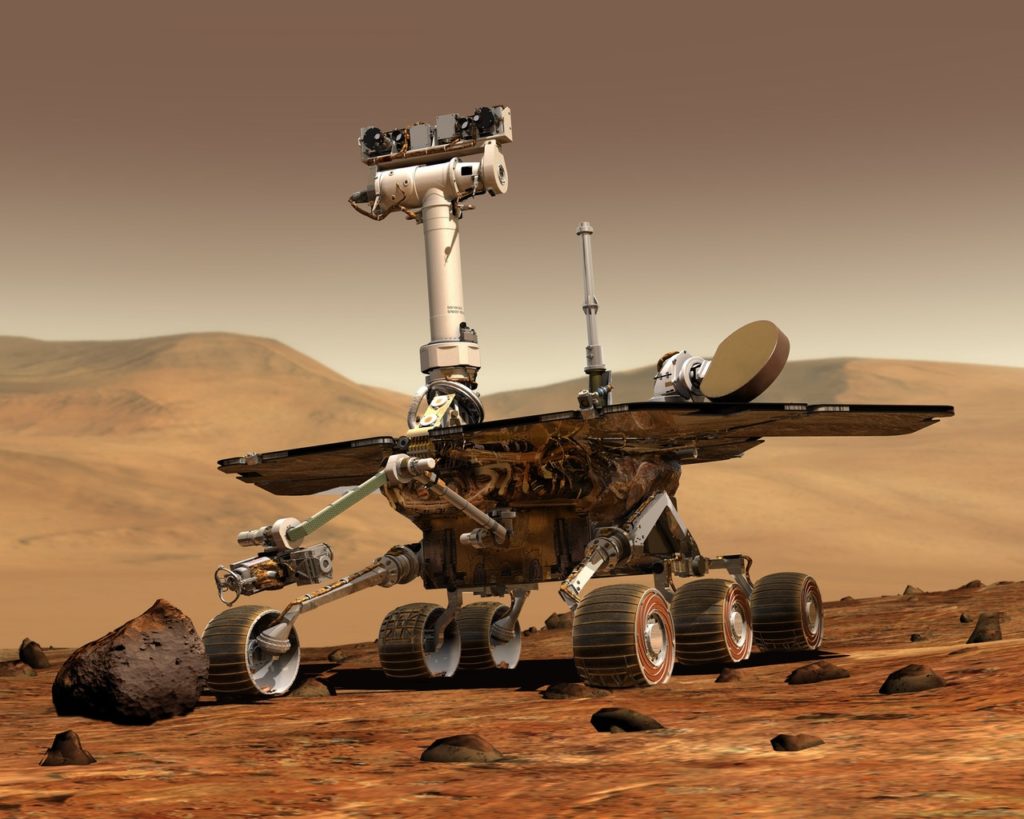
I learned this today. Mars could be terraformed, but it would require more money than any government would be able to spend.
Terraforming is the process by which an uninhabitable planet is transformed into a habitable planet. This would require modifying the atmosphere, temperature, ecology, and adding water. Carl Sagan came up with the idea when he proposed terraforming Venus in 1961.
Mars is the closest planet to us and the most likely choice if we need to relocate. At its closest point, it comes within 54.6 million km. This only happens once every 60,000 years, though, because Earth and Mars have elliptical orbits. This year, on December 8th 2022, Mars will be 62.07 million km away. That makes it the best planet to start with if we’re going to begin terraforming the solar system.
There are several things that make Mars inhabitable to humans at the moment. It has a very thin atmosphere that is 95% carbon dioxide. The atmospheric pressure is 1% of Earth’s. The average temperature on Mars is -63℃. The gravity is only 38% that of Earth. Mars is farther from the sun and only has 60% of the light that falls on Earth. Mars has no magnetic field, probably because its liquid iron core has cooled and solidified. Mars doesn’t have tectonic plates, so its atmosphere gradually gets absorbed into the rocks, rather than replenished by volcanoes. There is no water. The only one of these things it is impossible to do anything about is the lack of gravity, but it looks like long time exposure to low gravity doesn’t have any negative consequences.
The first step would be to heat the planet up. This could be done in two ways that are both possible with modern technology. The first would be to redirect asteroids so that they crash into the atmosphere of Mars. The carbon dioxide rich atmosphere of Mars could allow for a runaway greenhouse effect, but there needs to be more CO2. There is a lot frozen in the polar ice caps. If this could be freed, it would make a big difference. The idea is to crash asteroids containing ammonia on to the planet. Ammonia is a stronger greenhouse gas than CO2 and it will become a source of nitrogen. The second idea is to use a giant mirror to reflect the sun’s light and warm the planet. This mirror would have to be about 400km wide and would probably weigh 200,000 tons. It would have to be built in space using materials mined from asteroids, but it is probably the most likely option.
However, as the planet warms and the ice caps melt, releasing their trapped CO2, the new atmosphere would be ripped off the planet by the solar winds. Without a magnetic field, Mars has no protection. A solution for this would be to place an enormous magnet at the Mars Lagrange orbit L1. This would provide a magnetic shield that would push the solar winds from the sun to either side of Mars.
With this magnetic protection and the melting ice caps, the Martian atmosphere would slowly thicken and the planet would gradually warm. The water that is frozen under the ground would melt and there would be more water vapor in the atmosphere, filling about 15% of the oceans The thicker atmosphere would increase pressure at sea level from the 1% of Earth it is now to about 50%. That wouldn’t be comfortable, but it is survivable. The pressure at the top of Everest is 30% that of sea level, so 50% would be the same as being at 5km above sea level on Earth.
Once the planet has warmed, the next step would be to oxygenate the atmosphere so that we can breathe it. The easiest way to do this would be with plant life, in the same way that it naturally happened here on Earth. Plants use carbon dioxide, sunlight, and water to make energy and the byproduct is oxygen. This would work without supervision, but it would take thousands, possibly tens of thousands, of years. Also, the soil on Mars is highly toxic, so that would need to be seeded first. This is where the ammonia carrying asteroid could help. The nitrogen produced by that could be consumed by bacteria introduced into the soil, making it acceptable to plant life.
So, it is technically possible to terraform Mars. It would require a way of boosting the greenhouse effect on the planet, either by crashing asteroids into it or with a giant space mirror. This would warm up the planet, produce water, and thicken the atmosphere. It would also require a giant magnet placed at just the right point to create a magnetic shield to keep the atmosphere where it is supposed to be. Once that has been done, the soil can be made fertile and then plant life introduced to oxygenate the atmosphere. All of this would cost trillions of dollars and no government is willing to pay that, especially as there would be no results for generations. And this is what I learned today.
If you read this far, I would appreciate a like and a follow.
Photo by Pixabay: https://www.pexels.com/photo/gray-and-white-robot-73910/
Sources:
https://en.wikipedia.org/wiki/Terraforming
https://en.wikipedia.org/wiki/Terraforming_of_Mars
http://large.stanford.edu/courses/2016/ph240/mclaughlin2/
https://mars.nasa.gov/all-about-mars/night-sky/close-approach/
https://lisbdnet.com/what-is-the-air-pressure-at-the-top-of-mount-everest-in-millibars/
https://www.pbs.org/exploringspace/mars/terraforming/page6.html

